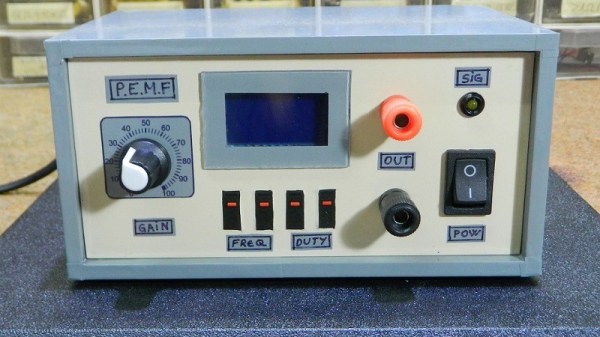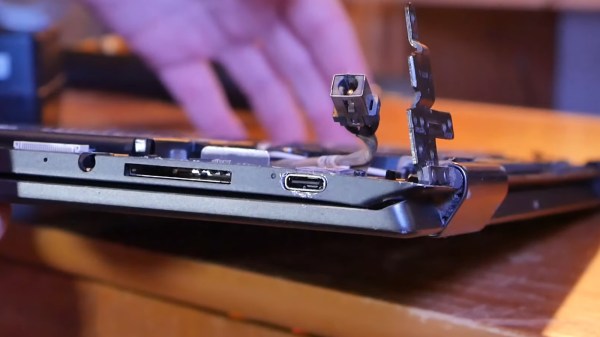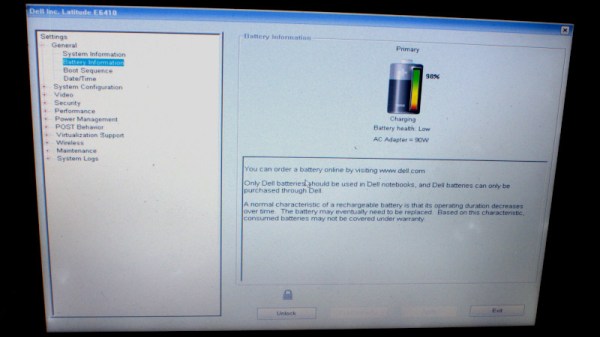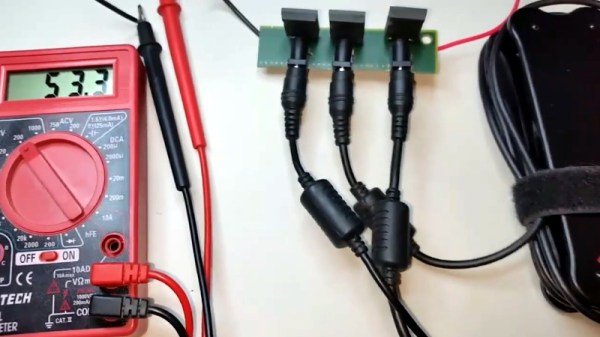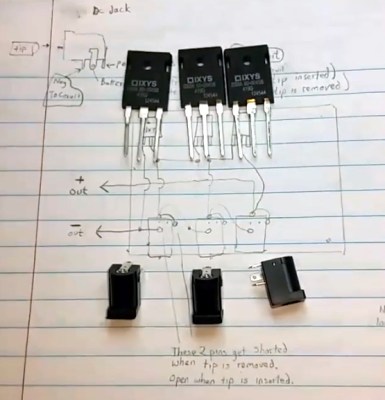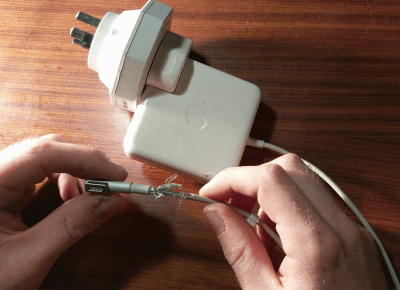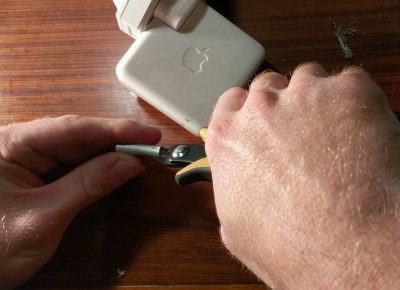We’re certainly not qualified to say whether or not pulsed electromagnetic field (PEMF) therapy will actually reduce your stress or improve your circulation, but there seems to be enough legitimate research going on out there that it might be worth a shot. After all, unless you’ve got a pacemaker or other medical implant, it seems pretty unlikely a magnetic field is going to make anything worse. Unfortunately commercial PEMF machines can cost thousands of dollars, making it a fairly expensive gamble.
But what if you could build one for as little as $10 USD? That’s the idea behind the simple DIY PEMF machine [mircemk] has been working on, and judging by its ability to launch bits of metal in the video below, we’re pretty confident it’s indeed producing a fairly powerful electromagnetic field. Even if it doesn’t cure what ails you, it should make an interesting conversation piece around the hackerspace.
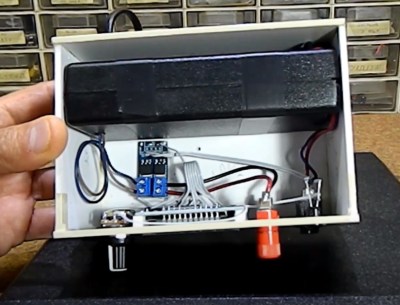 While the outside of the machine might look a bit imposing, the internals really are exceptionally straightforward. There’s an old laptop power supply providing 19 VDC, a dual-MOSFET board, a potentiometer, and a simple signal generator. The pulses from the signal generator trip the MOSFET, which in turn dumps the output of the laptop power supply into a user-wound coil. [mircemk] has a 17 cm (6.7 inch) open air version wrapped with 200 turns of copper wire used for treating wide areas, and an 8 cm (3 inch) diameter version with 300 windings for when you need more targeted energy.
While the outside of the machine might look a bit imposing, the internals really are exceptionally straightforward. There’s an old laptop power supply providing 19 VDC, a dual-MOSFET board, a potentiometer, and a simple signal generator. The pulses from the signal generator trip the MOSFET, which in turn dumps the output of the laptop power supply into a user-wound coil. [mircemk] has a 17 cm (6.7 inch) open air version wrapped with 200 turns of copper wire used for treating wide areas, and an 8 cm (3 inch) diameter version with 300 windings for when you need more targeted energy.
Some skepticism is always in order with these sort of medicinal claims, but commercial PEMF machines do get prescribed to users to help promote bone growth and healing, so the concept itself is perhaps not as outlandish as it might seem.
Continue reading “DIY Machine Enables PEMF Therapy On A Budget”

